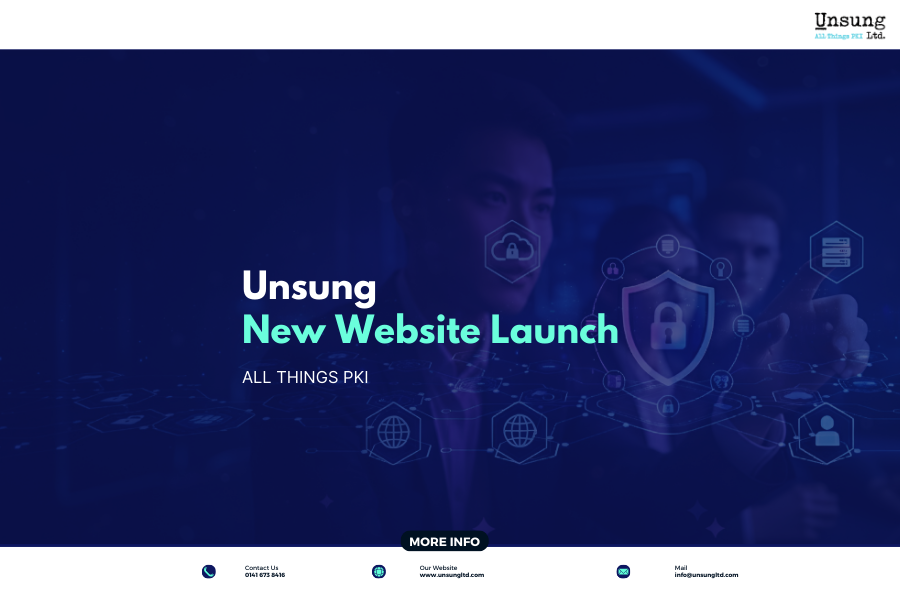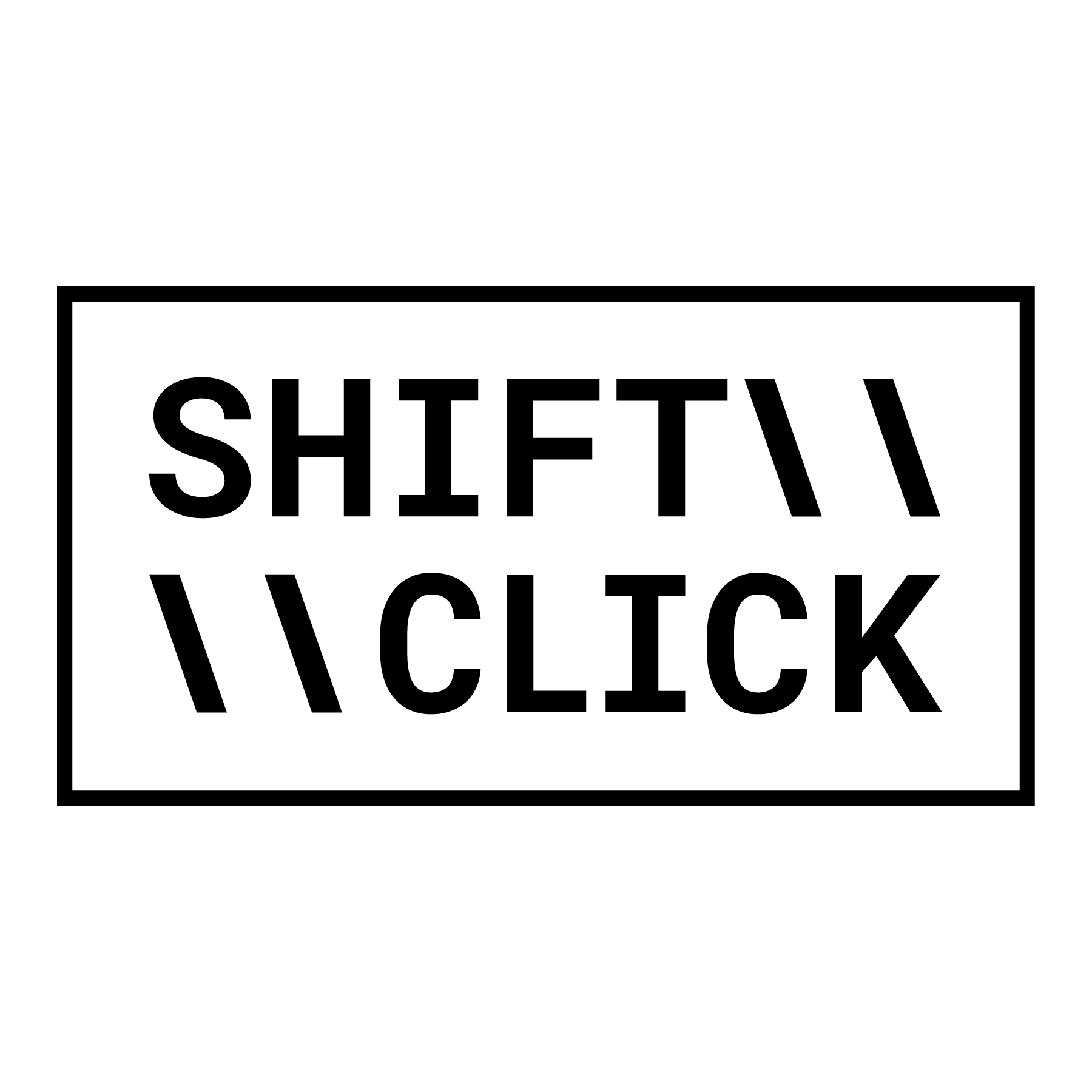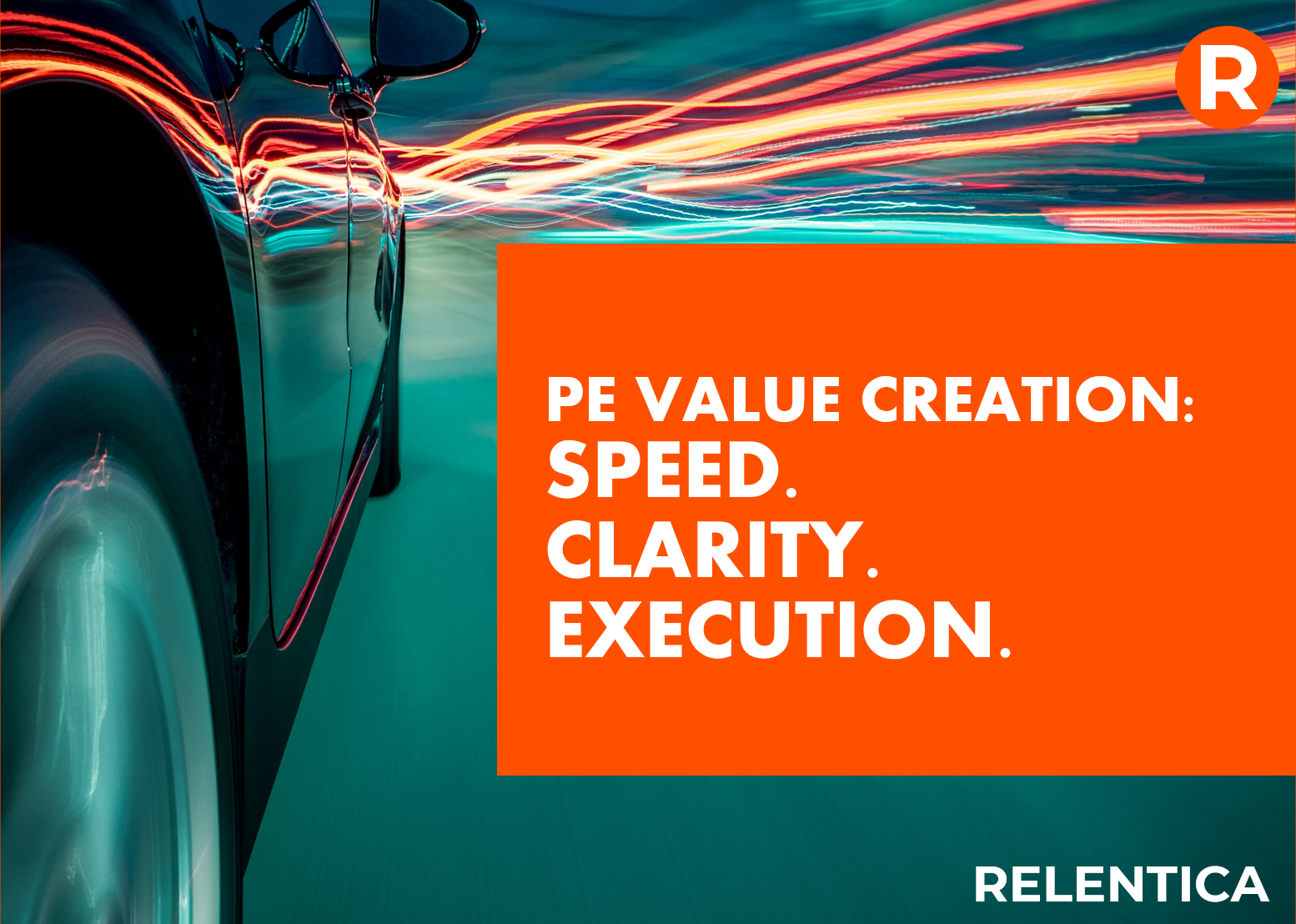Some words and phrases at work make people’s eyes glaze over. “Presentation,” for example, and “expenses form,” amongst other things!
“Analytics” is in danger of becoming one of those phrases. When it comes to predictive analytics, perhaps calling it “magic fairy dust” would attract more interest in the field. But then, no-one wants branding advice from a statistician.
Although there’s nothing magical about predictive analytics – I’ve checked – it can seem that way for those who aren’t familiar with it. That’s because it uses data (hence “analytics”) to make predictions about future events that even a short time ago were not possible to make.
A simple example of this in practice might be bringing together weather data with supermarket sales data and finding that there’s a correlation between temperature and the amount of barbecue food that is sold and using that model to predict changes in demand ahead of time. You may have been able to guess that was the case, but without predictive analytics, you couldn't prove it or action it.
Stepping it up a notch, a more sophisticated example of how this can be used by a supermarket is Tesco’s attempt to work out which of the average 40,000 products in each of its 3,500 UK stores are typically bought together, or “in clusters”. Finding patterns in that volume of data certainly does need fancy tech.
In fact, Tesco’s head of product management and former head of forecasting Mike Moss explains that the firm’s attempts to do so without turned out to be misguided. “Using analytics and clustering and suchlike, we found that the way we thought products hung together – the way we buy products – is not really the way products behave.”
So, what technologies and techniques are involved? Well, in short, any that can help to predict what you’re looking for. But there are some that are commonly used:
- Data mining: The use of computers to trawl through vast data sets and find patterns or relationships. This is what Tesco will have used for its clustering exercise, no doubt finding out that when beers and burgers are bought in combination, after sun cream is often bought 24 hours later.
- Machine learning: A type of artificial intelligence that allows computers to learn something through experience, testing and adaptation, rather than having been explicitly programmed in the first place.
- Predictive modelling: The combination of data mining and probability to make predictions about the future, such as when certain customers are likely to buy beer, burgers and after sun cream!
By now, the perceptive among you will have realised that predictive analytics can be a handy business tool. By way of example, one of our customers, Regit (formerly Motoring.co.uk), can predict when car owners will change their vehicles. Using this prediction, they have seen call centre revenues rise by 27%, something Regit said, and I’m paraphrasing here, “will do very nicely, thank you very much.”
To do this, we streamed all available data through the Peak platform and set our machine learning algorithms the task of identifying which leads generated through the Regit website were most likely to change their vehicle and result in referral income. With great precision, we have been able to do this. The Peak platform now scores all leads and Regit prioritises them accordingly. It’s the sort of thing that Peak enables almost any business to do. It’s not rocket science, it’s just predictive analytics.









